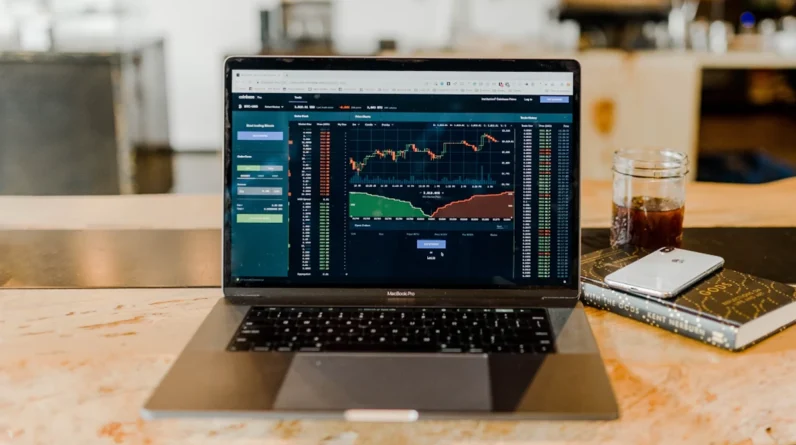
The difference between Brent oil and WTI (West Texas Intermediate) has captivated market observers and curious onlookers alike. Both Brent and WTI play crucial roles in the global oil market, serving as benchmarks for pricing and reflecting different regional characteristics and market dynamics.
Oil: The Brent-WTI Difference
Origins and Pricing
The primary distinction between Brent oil and WTI lies in their geographical origins and resultant market pricing. Brent Crude, extracted from the North Sea between the Shetland Islands and Norway, serves as a key benchmark for oil pricing in Europe, West Africa, and the Mediterranean. WTI, sourced from the oil fields in Texas, Louisiana, and North Dakota, stands as the benchmark for U.S. light oil.
Characteristics of Brent Oil
Due to its broad applicability and pricing influence, Brent oil holds a significant position in the global market . Brent serves as the reference for pricing most crude oil worldwide, influencing oil markets across Europe, West Africa, the Mediterranean, and parts of Southeast Asia. Brent oil consists of a blend of several crude oils, including Brent Blend, Forties Blend, Oseberg, and Ekofisk, all sourced from the North Sea.
Characteristics of WTI Oil
WTI, also known as West Texas Intermediate, serves as the benchmark for oil contracts traded on the New York Mercantile Exchange (Nymex). WTI is often considered more valuable than Brent due to its lower sulfur content and higher API gravity—a measure of its density relative to water. This makes WTI preferable for refining into gasoline and other products within the United States, where it dominates the market.
Brent-WTI: Which Costs More and Why?
Transportation and Production Costs
Brent and WTI prices do not coincide, primarily due to differences in transportation and production costs. Brent oil is produced near the sea, reducing transportation costs significantly. WTI is produced in landlocked areas, leading to higher transportation expenses. However, these cost differences do not always directly affect pricing.
Price Dynamics
Despite these factors, Brent typically commands a higher price than WTI. This pricing disparity can be attributed to several factors:
- Increased U.S. production: The surge in U.S. oil production has depressed WTI prices, contributing to its lower cost compared to Brent.
- Reduced North Sea production: Declining production from North Sea platforms has driven up Brent prices.
Influence of Demand
Brent prices have also been influenced by strong demand from Asian markets, which has surged significantly since 2010. The demand from the refinery sector, particularly in Asia, plays a pivotal role in shaping oil market performance and Brent pricing.
Why Are These Benchmarks Important?
Market Health and Geopolitical Influence
The price of oil is a critical indicator of the energy sector’s overall health and is among the most traded commodities globally, influenced by numerous macroeconomic events. Geopolitical problems significantly impact the prices of Brent and WTI, with political crises often causing a spike in Brent prices due to its broader market exposure. Conversely, WTI prices are less susceptible to such geopolitical fluctuations.
Brent vs. WTI in the Energy Sector
Understanding the differences between Brent and WTI is essential for comprehending broader market dynamics and energy sector health. Brent’s exposure to global markets makes it a vital benchmark for gauging international oil prices, while WTI’s significance in the U.S. market provides insights into domestic production and consumption trends.
Price Volatility and Market Impact
Price volatility in Brent and WTI reflects broader economic and political conditions. During periods of geopolitical instability, Brent’s price spread over WTI can widen significantly, reflecting heightened market uncertainty. This volatility underscores the importance of both benchmarks in understanding global oil market trends and making informed trading decisions.
Read also: Penny Stocks: what they are, how they work, and how to invest






